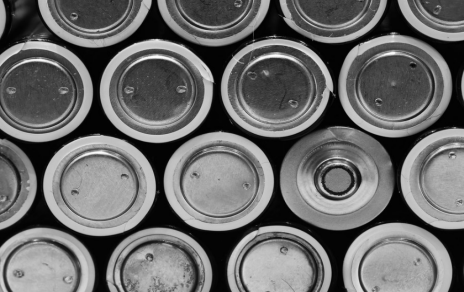Canadian lithium-focused company E3 Lithium said on Wednesday its Clearwater project in Alberta would have an initial capacity of 32,250 tonnes of lithium hydroxide per year.
Backed by Exxon’s Imperial Oil, E3 Lithium said in its pre-feasibility study that its initial capital expenditure on the project would amount to $2.47 billion.
Lithium is mainly used to make EV batteries, and has historically been produced using water-intensive evaporation ponds or open-pit mines. But a fleet of direct lithium extraction (DLE) technologies is trying to upend that.
DLE technologies extract the white metal from brine using filters, membranes, ceramic beads or other equipment that can typically be housed in a small warehouse.
The Clearwater project is expected to have a production life of 50 years. Over this period, the lithium hydroxide production could reduce to 25,850 tonnes per year on average, as the lithium grade declines when the brine starts to mix with the production well.
The DLE process often uses lots of potable water and electricity, and none have worked at commercial scale.
To manage the water-intensive process, E3 said all process-affected water its generates from systems would be recycled back to the storage tank, with the company not needing to source any water from the environment to make the lithium products.
The study also showed E3 Lithium would only use 10% land compared to a hard-rock mine.
The all-in average operational expenditure, including sustaining and abandonment capital, over the life of the project is projected at $8,250/tonne of lithium hydroxide monohydrate.
(Reporting by Seher Dareen in Bengaluru; Editing by Krishna Chandra Eluri)
